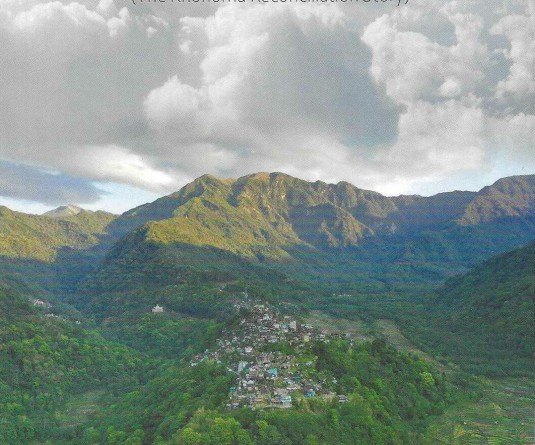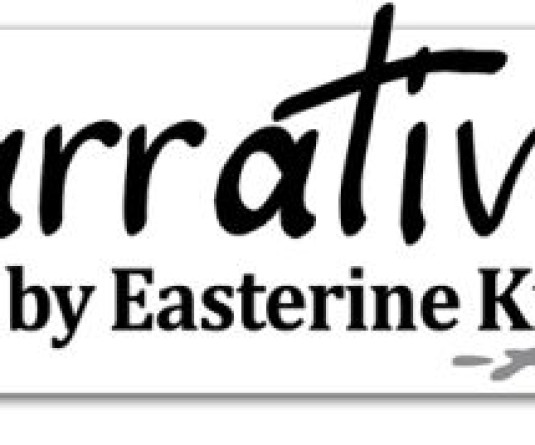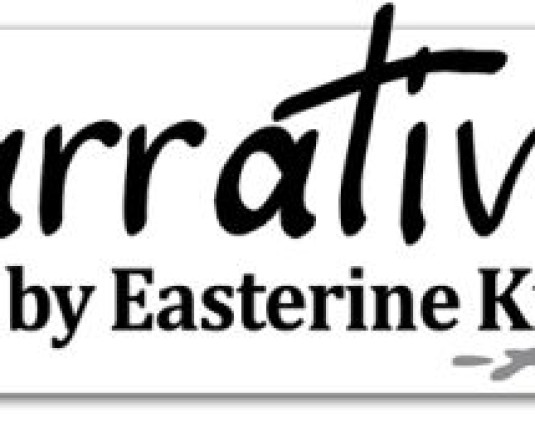
An invitation into intimacy. That is what the collaboration by Agnes Tepa and her husband Seyie Tepa is about. It is done gently, in the manner characteristic of Agnes.
This beautiful book, ‘Out of Wonder’ that brings together their interpretations of each other’s creativity in word and picture, deserves much more space than it has received.
It is an invitation into a very private world. That takes a lot of courage on the part of the writer. It is the world of her deepest thoughts, experiences, fears and aspirations. It is an invitation into her spiritual world.
This is apparent in the poem from the section JOY at the beginning of the book:
I gladly live
My life
Yet not mine;
Predestined
Yet not imposed
To glorify,
Not to defy
The wonders of the One
Who has chosen me
To not simply live,
But be a crowning glory
In the hope I’m given;
Bringing praises of His glory;
My life, I gladly live for him.
It sets the tone for the whole book. This is a book that prioritises the divine. In a sense, it is like a prayer book and could probably be used thus. The tone is meditatory without being preachy. It unravels without becoming intrusive. It allows the reader access into a private world where a beautiful marriage is taking place at two levels. One is the human marriage where the husband gives us his visualisation of the words of his spouse. The other is the marriage of the devotee and her divine spouse. ‘Out of Wonder’ reminds me of the Shulamite in Songs of Solomon. In just such a manner is the devotee striving towards building up intimacy in their relationship.
As in all marriages, there are times of drawing away, and returning to each other. Agnes writes of an umbilical closeness in the poem, ‘Inseparable’:
Enveloped
Immersed
Totally soaked
In your abounding love
Not a dust of it
Can escape from me
Your love
‘Tis inseparable
For me.
The accompanying illustration by Seyie is a baby and its umbilical cord which ends in a blossoming violet flower and blue leaves. The illustration completes the image offered by the poet so well that further explanation is not necessary.
Birth is a recurring metaphor in the book. I don’t think it is simply coincidence that the poet notes the times when many of the poems were written. These timings are included in her end notes: 7.47 am, 7:46 am, 7:30 am. It feels right that the poems were being birthed in the morning hours when the day was simultaneously birthing itself. The paintings bring home the preciousness of human life. Even as abortion debates split apart governments and the public, the illustrations of babies floating in maternal fluid, confirm the life of the womb, and its connection to the life-giver.
The illustrations are marvellous. The preponderance of yellows (especially in A New Heaven and Earth, I am favoured, and A New Day, and varying shades of blue are life-affirming. Even when the artist uses darker shades, it is not bereft of light and hope. There is a pointing towards the source of light in paintings such as the ones accompanying, ‘Your Word’, ‘Trust,’ and ‘Mother.’
By contrast, the illustration for Jonah is fun and multidimensional. It is the sea but wondrous things are happening in it. And a hook is lowered not too far away from the fish, possibly a hook for the truant prophet. Everyone can identify with Jonah at one point or other.
Darkness clings to the section titled, ‘Things that Matter.’ A little before this section, the poet reminds us, ‘Cling on to grace.’ It is to be expected when she writes of The Stained Land’ and its accompanying painting of a soldier’s gun metamorphosing into a musical instrument. The poet pleads,
The land’s beautiful, lush and green
But for its true beauty to be seen
Brothers, we must join hands in peace
For something that’s going on to cease.
It is a plea that resonates within all our hearts. But the book surmounts that hill of despair and political darkness, and turns us toward the brightness of sections that follow. ‘The Divine Circle’ ‘My safe haven’ are poems of love, as also deep appreciation that enunciate the beauty of human love rooted in the divine. ‘A Wedding Toast’ is lively, sprightly and is the right movement towards Hope that the poet wants to leave us with. The accompanying illustration is delightful, stopping short of the bacchanalian, the gourd of wine held by the bride almost suggestive of pregnancy. It is appropriate as fertility has been such an important part of a traditional Naga marriage.
In the last section, ‘Hope,’ we return to the concept of birth. The baby is the Babe of Bethlehem but brought so much nearer to us by the hornbill feather he is resting upon. It moves on to poems like ‘The Rope of Hope’ and ‘Embracing Peace,’ good themes to bring a long journey to its conclusion.
Pp 177. Published by PenThrill.






